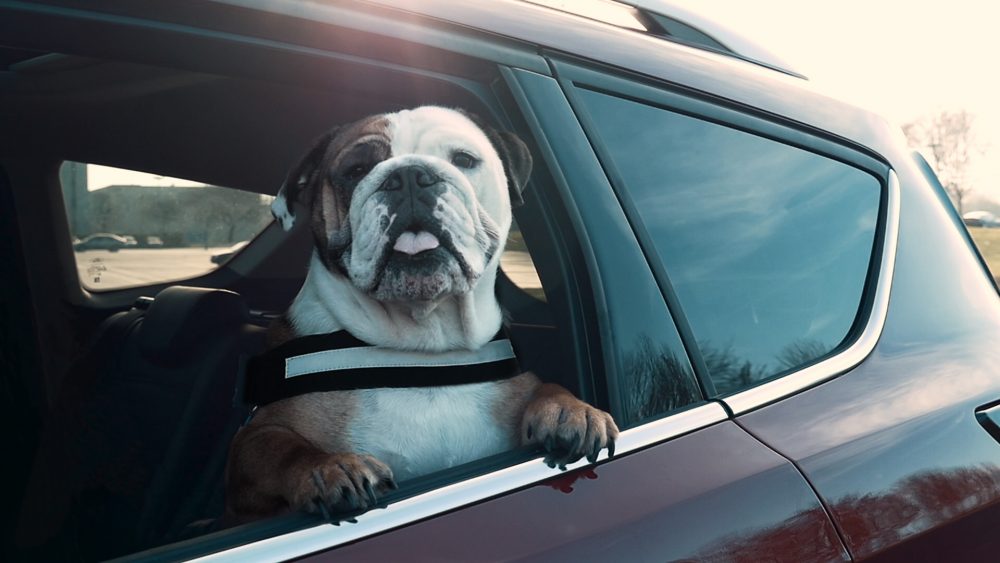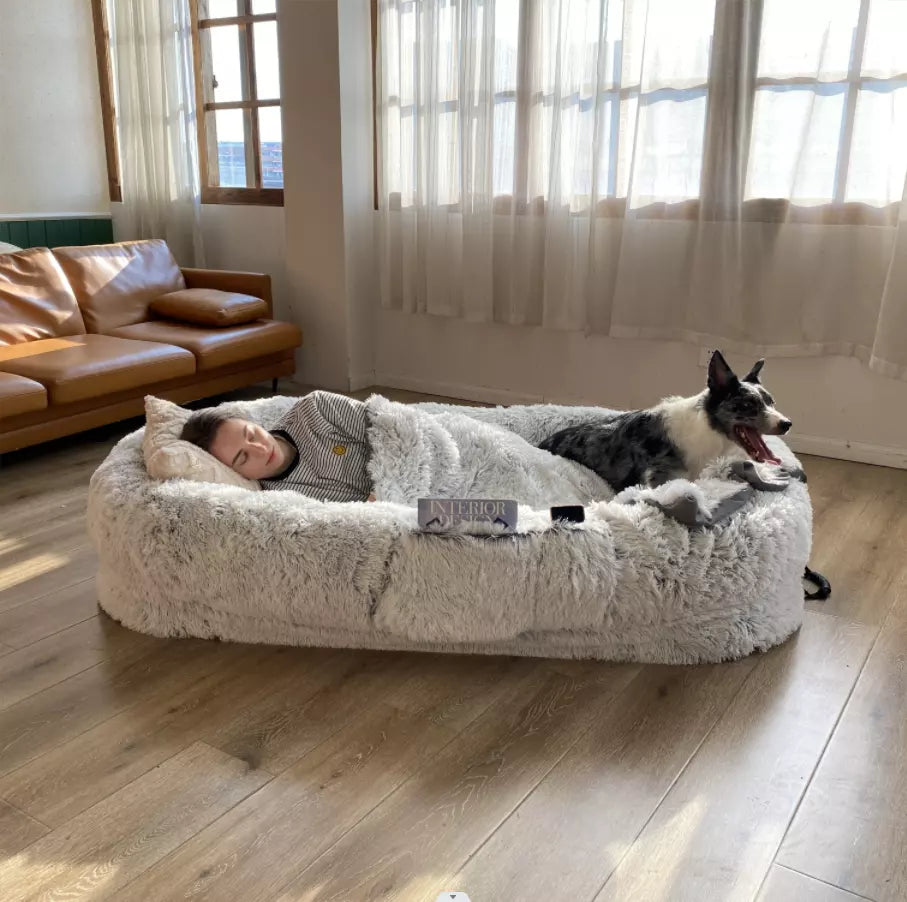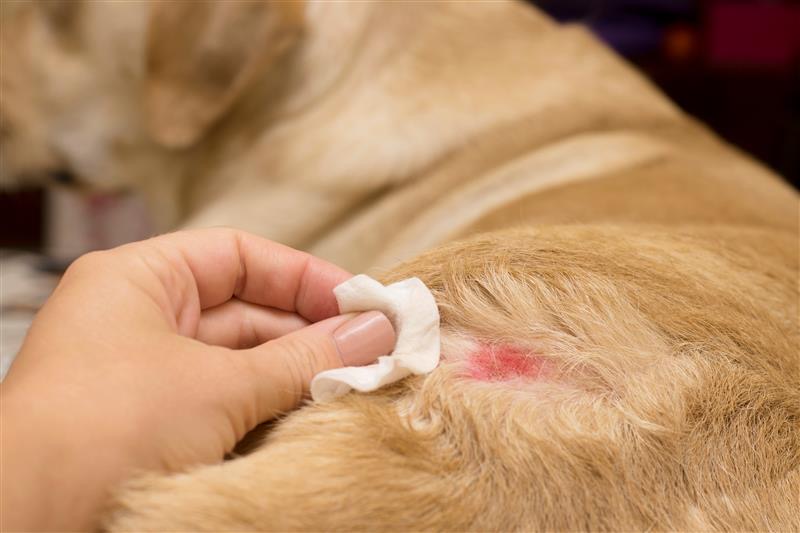5 Signs Your Pet Has Separation Anxiety

When the pandemic started, many people adopted pets since they were spending so much time indoors and wanted some additional companionship. In fact, over 20 million households added a pet to their lives during the course of the pandemic. With so many animals spending every waking moment with their owners, it’s no wonder that animals are having a difficult time adjusting as their humans go back to the office, take travel trips or spend more time away from the home. The anxious feeling a pet has after you leave can ultimately turn into separation anxiety, causing them to act out or develop other health issues. If you’re unsure what to look for, here are some signs your pet has separation anxiety.
1. Your pet escapes your home often. Have you found yourself wishing you had a pet tag your pet could wear so you could track them because they escape so often? If your pet often runs away or creates ways to escape the backyard, their kennel or even your home when you’ve left for work, school or on a trip, then they might have separation anxiety. Typically, this means that they’re trying to find you, coming after you to spend more time with you.
How to fix the issue: If you feel like your pet fits the bill, invest in a Tile for pets. Featuring Bluetooth technology, it’s the first pet tag that allows you to track your pets’ exact location as long as they’re within range. This can work wonders to ensure your pet is safe and give you a sense of security when your pet does run out the door.
2. Your pet destroys your shoes. Pets with separation anxiety are smart. They know how to act out just enough to get attention and also make it inconvenient for their owners to leave. Destroying shoes is just one of the things pets suffering from separation anxiety will do to distract their owners and prevent them from leaving. If you’ve noticed that your pet has started destroying your shoes, usually while you’re in the shower or getting dressed, then it might be a sign that they’re experiencing separation anxiety.
How to fix the issue: Keep your shoes shut away in your closet or put them in a canvas bin near your front door. Some people have a home setup where they enter and leave through a separate room, usually a mud room or a laundry room, that the pets can’t get to. The age-old “out of sight, out of mind,” philosophy makes the most sense here! This way, your pet won’t even know that you’re putting your shoes on, or they won’t know where to find them.

3. Your dog refuses to go outside. For dog owners, one of the ways you can tell if they’re experiencing separation anxiety is whether or not they want to go outside in the mornings. If your daily routine includes taking them outside right before leaving, they might start to associate the walk with you leaving the house. Of course, they’ll either refuse to go out for walks, or they’ll run away while on the walk with you (a silicone pet tag will work wonders for keeping important information at the ready in case they run off!).
How to fix the issue: Try switching up your routine! Instead of going outside with your dog right before you leave, make it the first thing you do when you wake up. This way, they still get to spend some time with you in the house before you head off for the day. This will make it easier for your dog to go to the bathroom or out for a walk in the mornings before you leave. You won’t have to worry as much about them having an accident or creating further health problems for themselves in the long run.
4. Your pet meows, barks, howls or chirps constantly, even when you’re home. Pets experiencing separation anxiety might make more noises than average pets. This is because they’re calling for you and they feel lost without you around. Some pets also might not feel safe without you around. This is especially true for older pets adopted from shelters. They’re used to companionship, whether from the other animals at the shelter or you working from home. When you start to leave the house more often, your pet might feel as though you’ve abandoned them. Of course, since your pet can’t talk, they won’t be able to tell you how they’re feeling, and you can’t explain to them that they’re okay while you run to the grocery store.
How to fix the issue: Try to put their pet bed within your sight. This way, when they go to lie down or find a comforting space, they will get to see you and keep their eyes on you when you’re home. You could also consider spending some more time with them when you’re home so that they feel more connected to you.

5. Your pet destroys furniture. Scratching, biting and chewing are some additional things your pet might do if they’re experiencing separation anxiety. Some pets will even salivate more since they’re stressing themselves out. If you’ve noticed that your pet starts to bite, chew or scratch your furniture, destroying it while you’re gone, then they might be suffering from separation anxiety.
How to fix the issue: Consider getting a video camera you can watch on your phone when you’re not home. This way, you can check in on your lunch break, or you can have it set to alert you when your pet is near certain objects. You can get their attention with your voice through the camera, getting them to stop the behavior. You could also cover your furniture or invest in more scratch posts or toys they can play with while you’re gone.
A pet that has separation anxiety is one that destroys furniture, makes a lot of noise when you’re not home and also avoids going outside or using the bathroom. There are a few key signs, but giving your pets lots of snuggles when you’re home with them is just one way you can fix the issue!






















